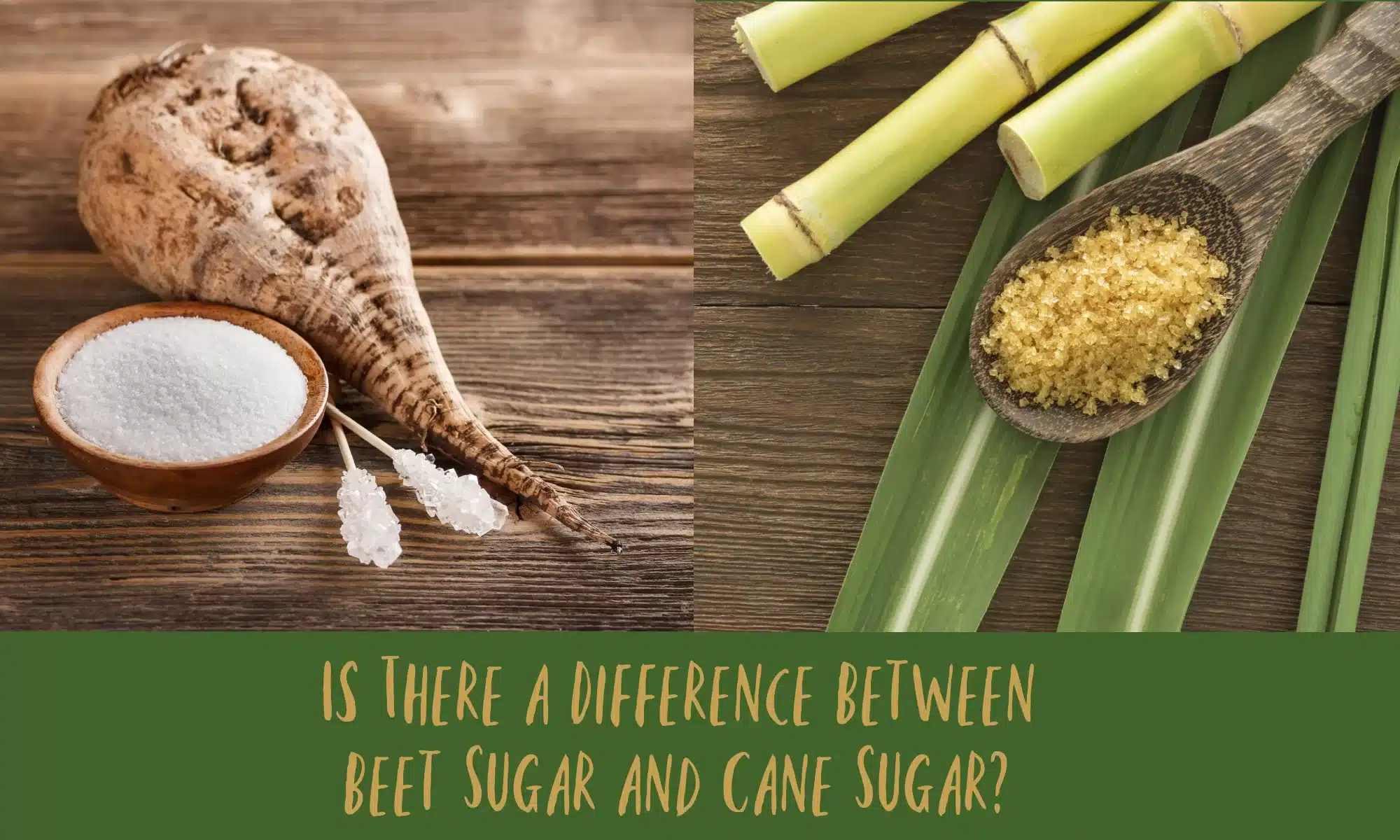When considering beet sugar vs cane sugar, some opt for one for cooking while others select the alternative.
When considering beet sugar vs cane sugar, some opt for one for cooking while others select the alternative.
Blog Article
Discover the Uses and Advantages of Beet Sugar Vs Cane Sugar in Your Daily Diet Regimen
Checking out the distinct high qualities of beet and cane sugar reveals more than simply their sweetening capabilities; it highlights their one-of-a-kind effect on wellness and culinary arts. Beet sugar, understood for its subtle flavor, is often preferred in delicate desserts, whereas cane sugar, with its tip of molasses, includes richness to durable dishes. Each kind holds its own dietary account and glycemic effects, welcoming a much deeper understanding of their duties in a well balanced diet plan and lasting consumption techniques.
Beginning and Manufacturing Procedures of Beet and Cane Sugar

The unique environments and soil types needed for growing sugar beetroots and sugarcane add to differences in their cultivation methods and geographic circulation, affecting the business economics and sustainability of their production. beet sugar vs cane sugar.
Nutritional Comparison Between Beet Sugar and Cane Sugar
Despite stemming from various plants, beet sugar and cane sugar are nutritionally extremely comparable, both mainly consisting of sucrose. Each gives about 4 calories per gram, translating to roughly 16 calories per teaspoon. Structurally, both sugars are made up of around 99.95% sucrose, with marginal quantities of other compounds like dampness and trace minerals, which do not substantially alter their nutritional profiles.

Ultimately, when selecting between beet sugar and cane sugar based on dietary content alone, both deal similar benefits and drawbacks as they are basically kinds of the very same molecule-- sucrose, giving fast energy without various other nutrients.
Effect On Health And Wellness: Glycemic Index and Caloric Material
Exploring better right into the effects of beet sugar and cane sugar on health, it is necessary to consider their glycemic index and calorie content. Both sugars are identified as sucrose, which contains glucose content and fructose. This structure leads them to have a comparable effect on blood glucose degrees. The glycemic index (GI) of both beet and cane sugar is around 65, classifying them as high-GI foods, which can trigger fast spikes in blood glucose degrees. This is a crucial aspect for people taking care of diabetic issues or those trying to maintain their energy degrees throughout the day. check my reference
Each sort of sugar has around 4 calories per gram, making their caloric content matching. For those checking calorie intake, especially when taking care of weight or metabolic health conditions, understanding this equivalence is important (beet sugar vs cane sugar). Nevertheless, extreme intake of any kind of high-calorie, high-GI food can add to wellness problems such as obesity, cardiovascular disease, and insulin resistance.
Environmental and Economic Factors To Consider of Sugar Production
Beyond health and wellness influences, the production of beet and cane sugar likewise elevates significant environmental and financial concerns. Sugar beet growing often tends to require cooler environments and has a reduced geographical footprint contrasted to sugar cane, which thrives in tropical regions. Nonetheless, both plants are intensive in regards to water usage and land line of work, potentially causing deforestation and water scarcity. Financially, the international sugar market is extremely unpredictable, affected by modifications in worldwide profession policies and subsidies. Lots of countries incentivize sugar production through financial backing, skewing market prices and influencing small-scale farmers negatively.
In addition, making use of chemicals and plant foods in both beet and cane sugar cultivation can result in dirt degradation and air pollution, additional influencing biodiversity and regional water bodies (beet sugar vs cane sugar). The choice between cultivating sugar beet or cane often you could try these out depends upon local ecological problems and financial elements, making the sustainability of sugar manufacturing a complex concern
Culinary Applications and Taste Distinctions
While the ecological and financial facets of sugar manufacturing are indeed substantial, the option between beet and cane sugar likewise influences culinary applications and flavor profiles. Beet sugar, obtained from the sugar beet plant, is known for its remarkably neutral preference.
Walking stick sugar, drawn out from sugarcane, usually maintains molasses traces, which pass on an unique richness and depth. This minor molasses taste enhances the intricacy of baked goods, sauces, and marinades. It is particularly favored in things where a sugar undertone is wanted, such as in brownies or gingerbread. The mild variation in dampness web content in between beet and cane sugar can impact the structure and consistency of meals, making cane sugar a preferred choice for particular dishes that profit from its unique buildings.

Conclusion
To conclude, both beet and cane sugar have distinctive origins and manufacturing processes, providing comparable nutritional profiles with small distinctions in salt content and taste. While their impact on health, especially regarding glycemic index and calories, is similar, the selection between them typically boils down to environmental, economic aspects, and certain cooking needs. Comprehending these facets can direct consumers in making notified decisions that align with their health goals and flavor choices.
Report this page